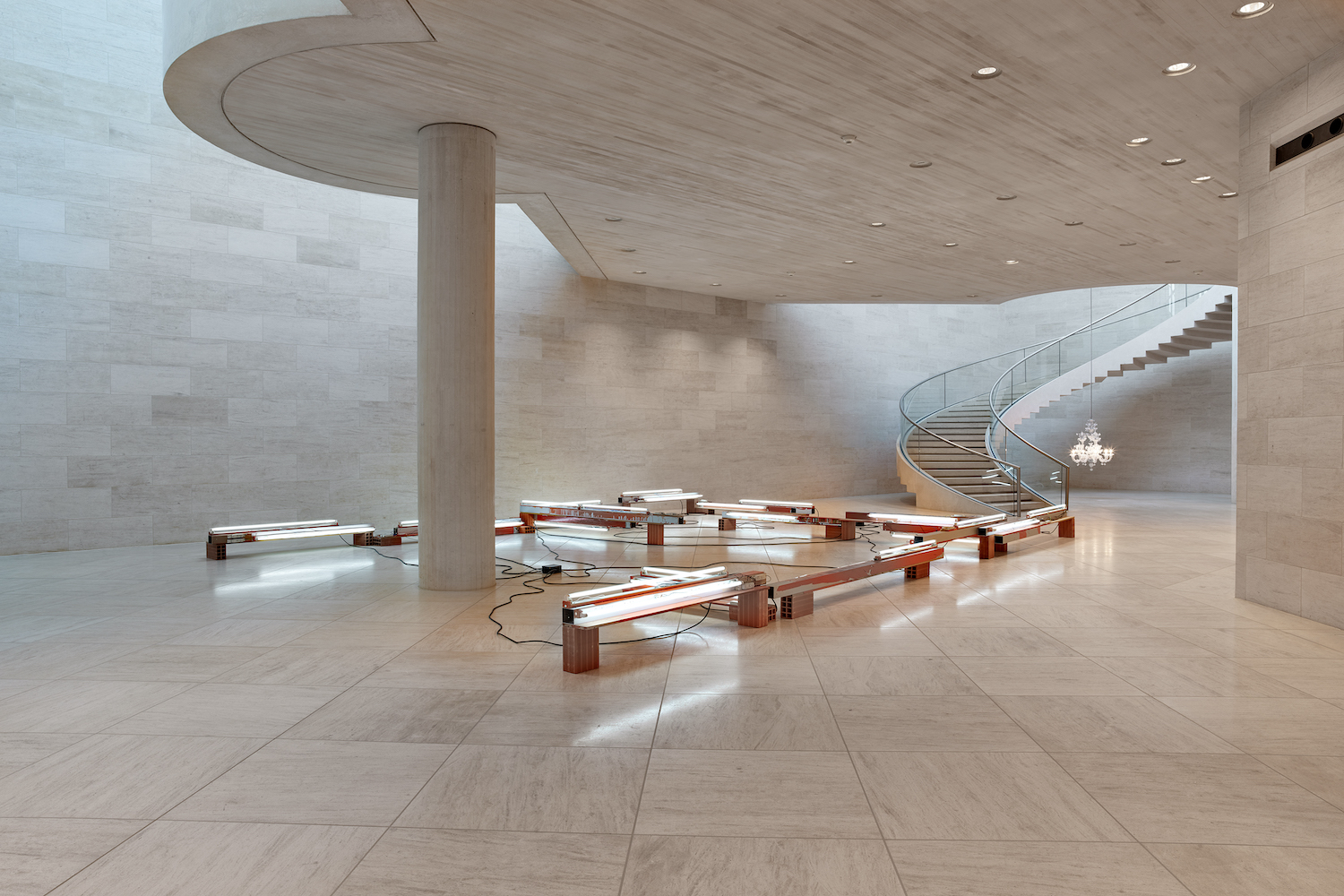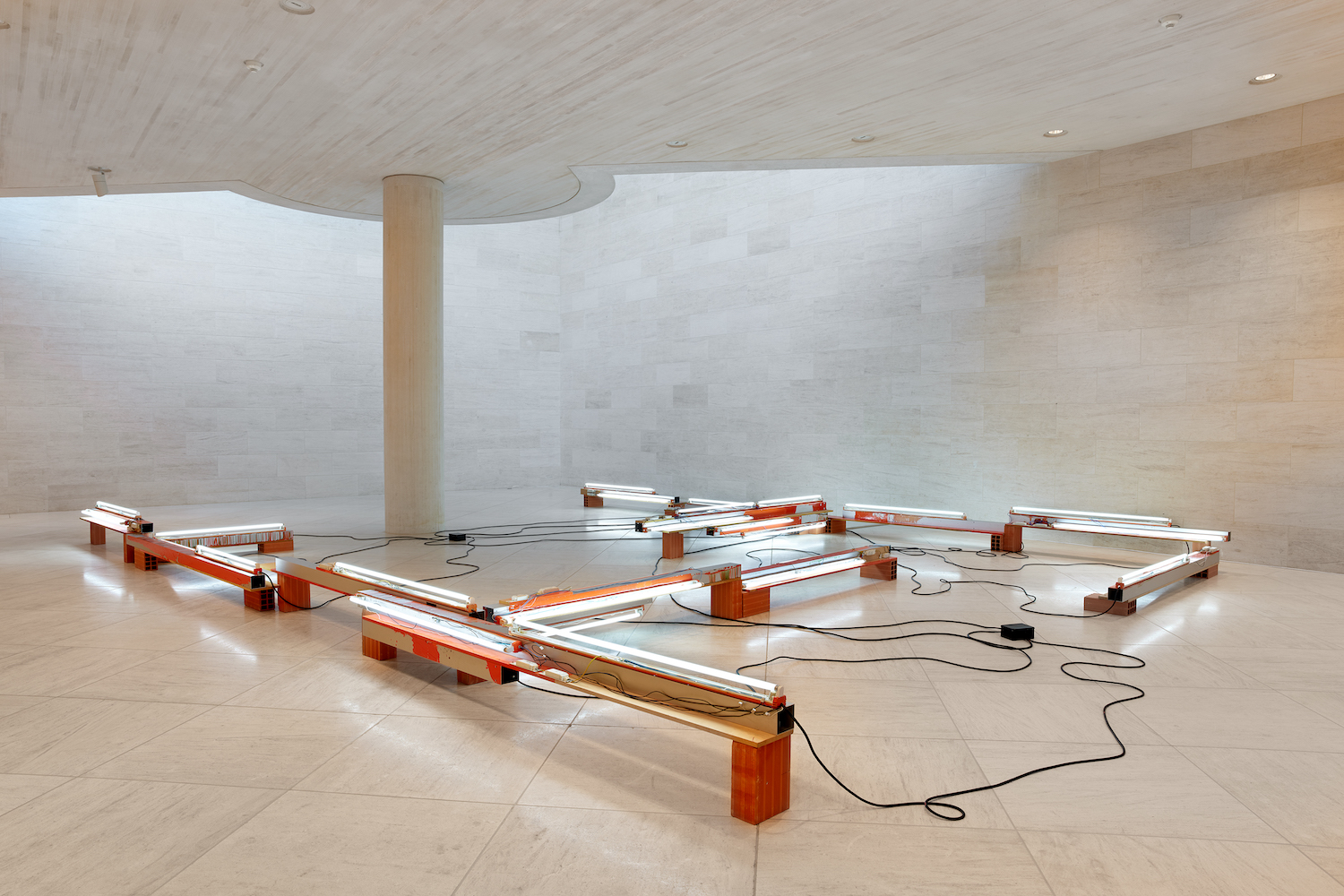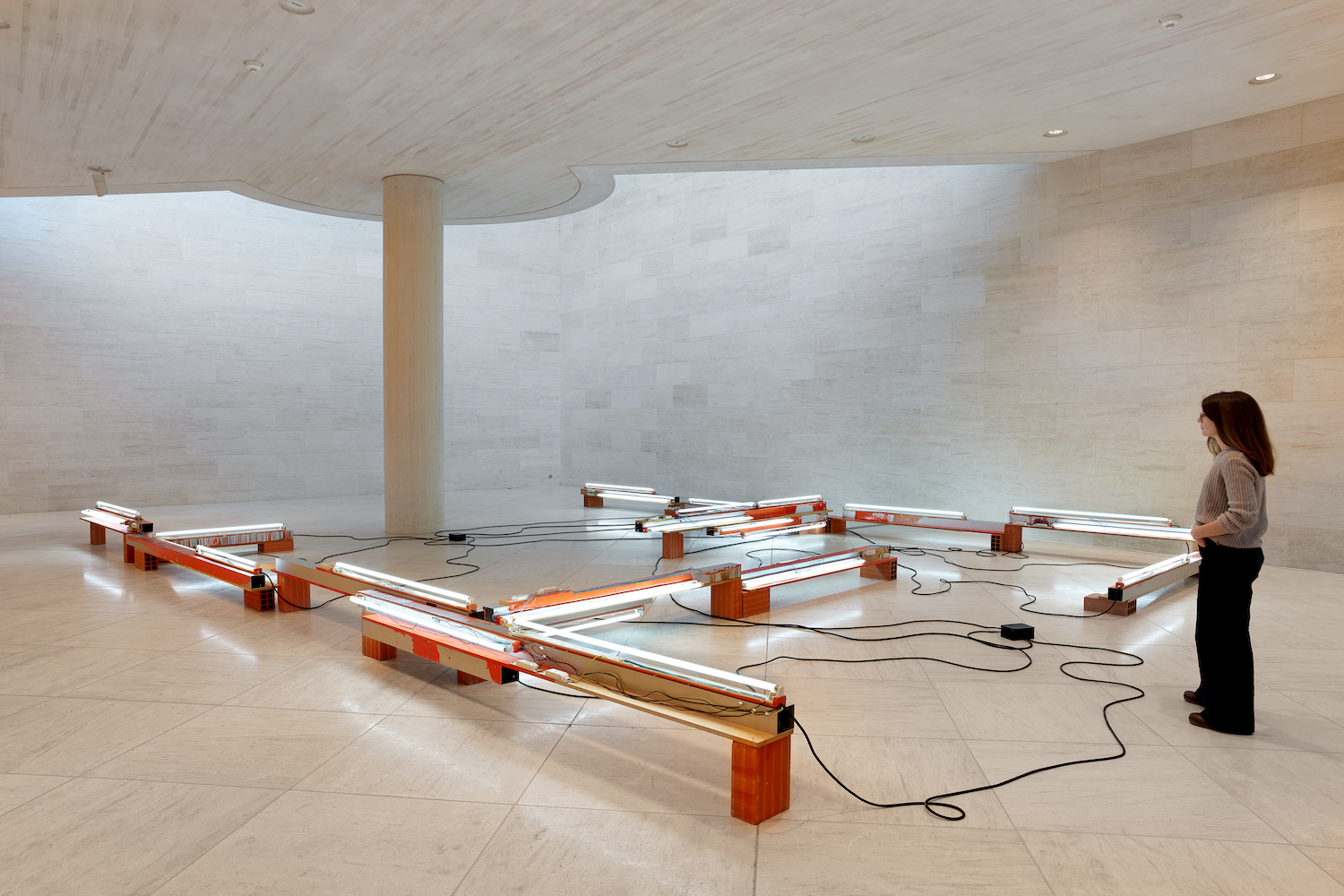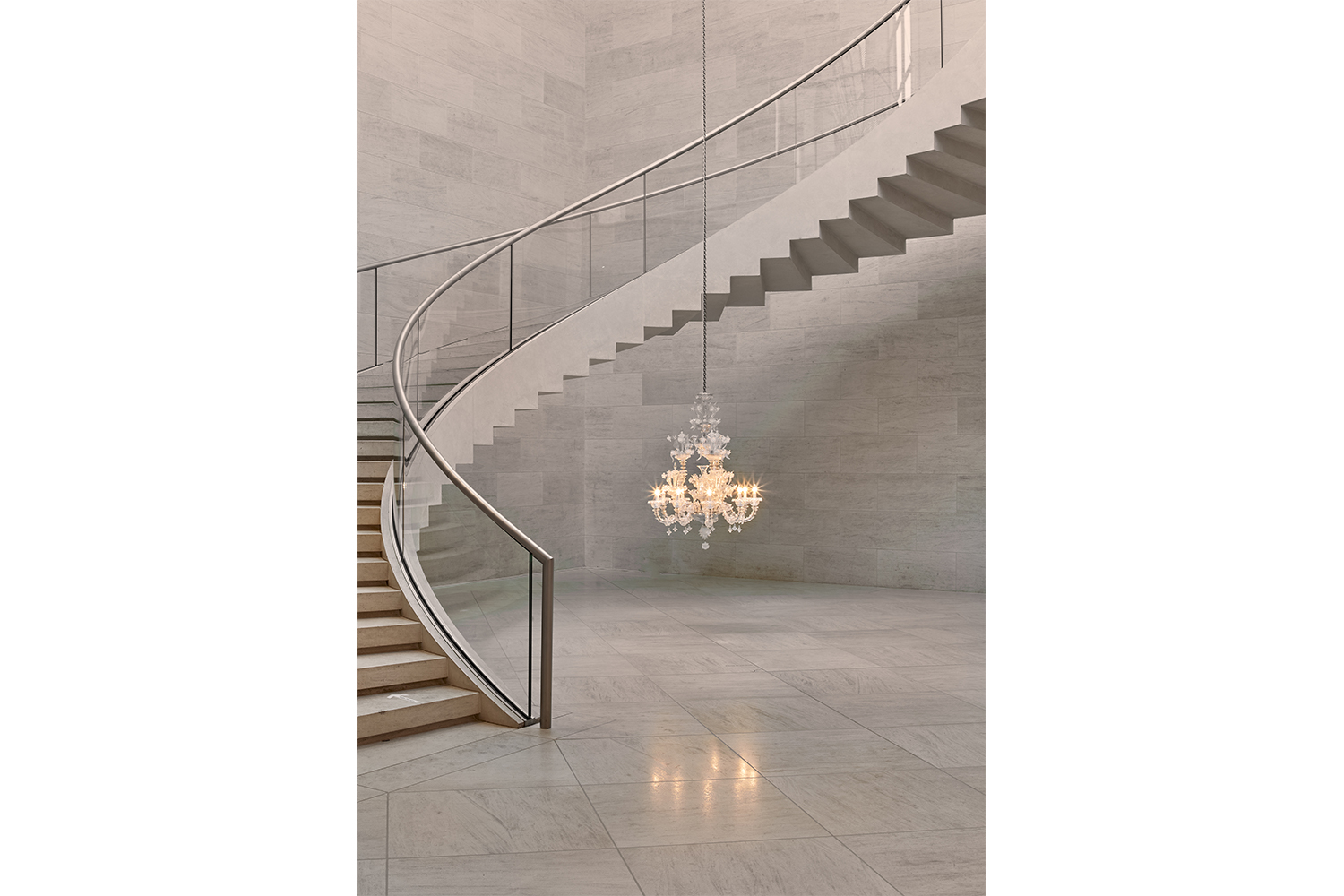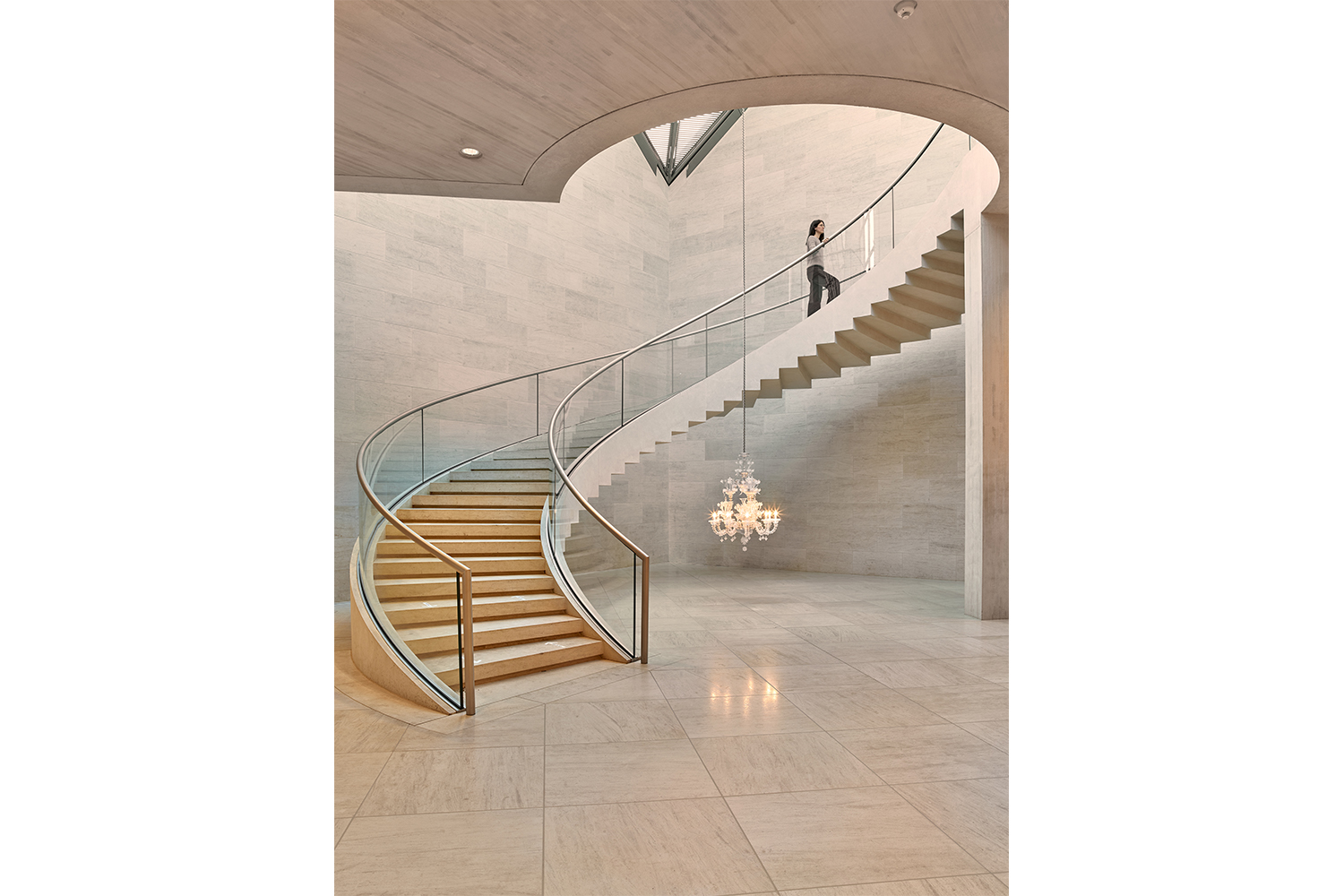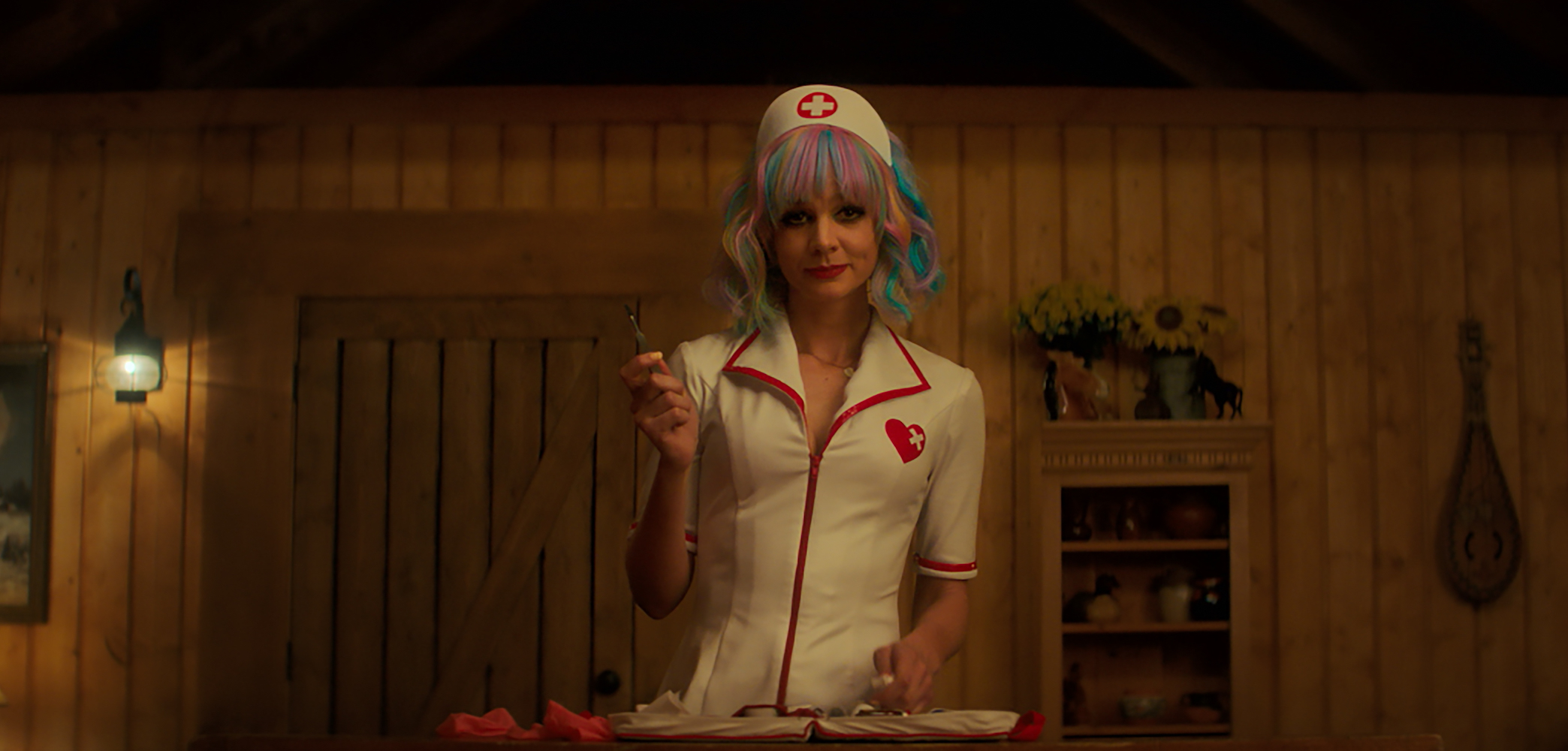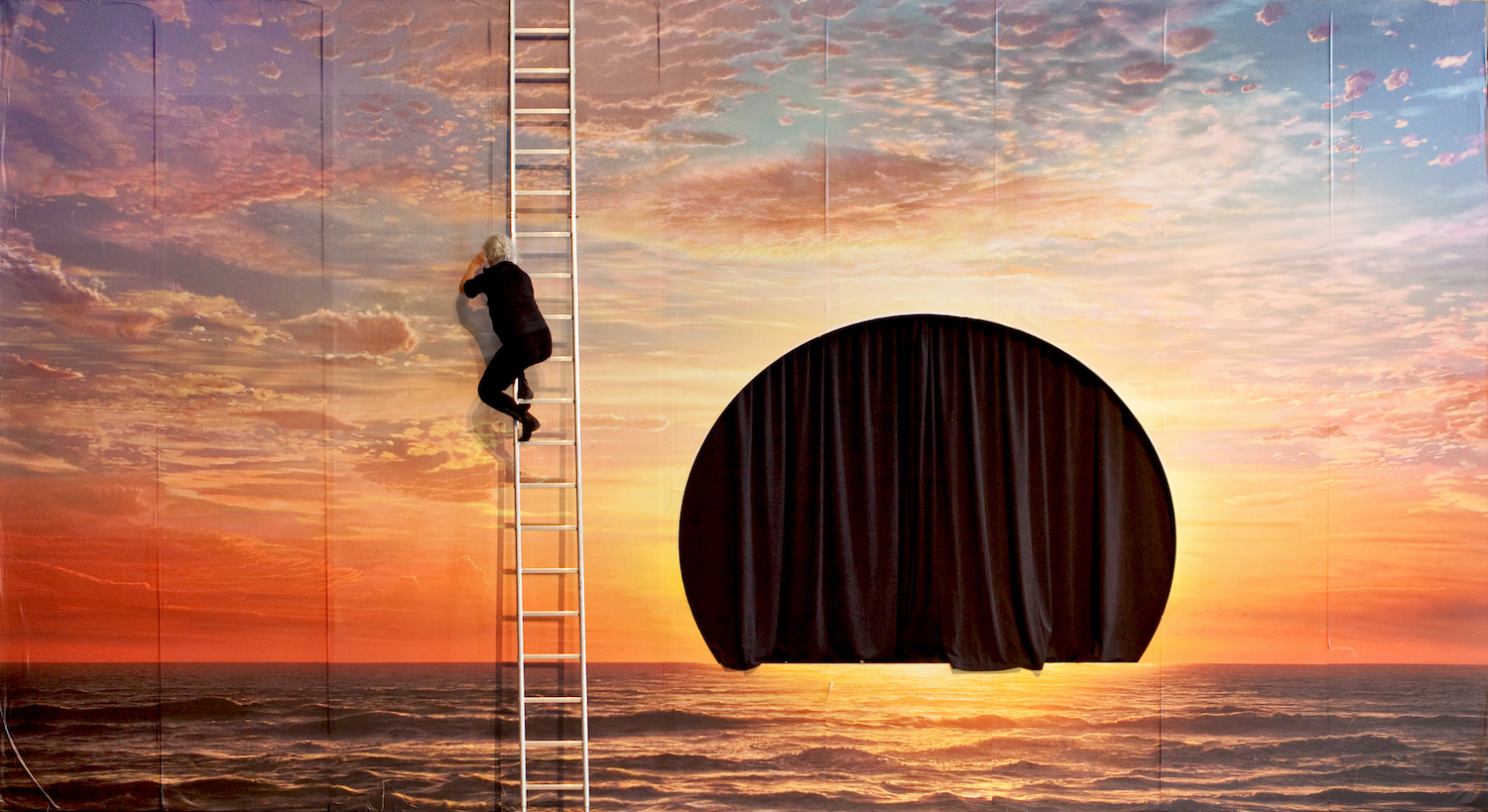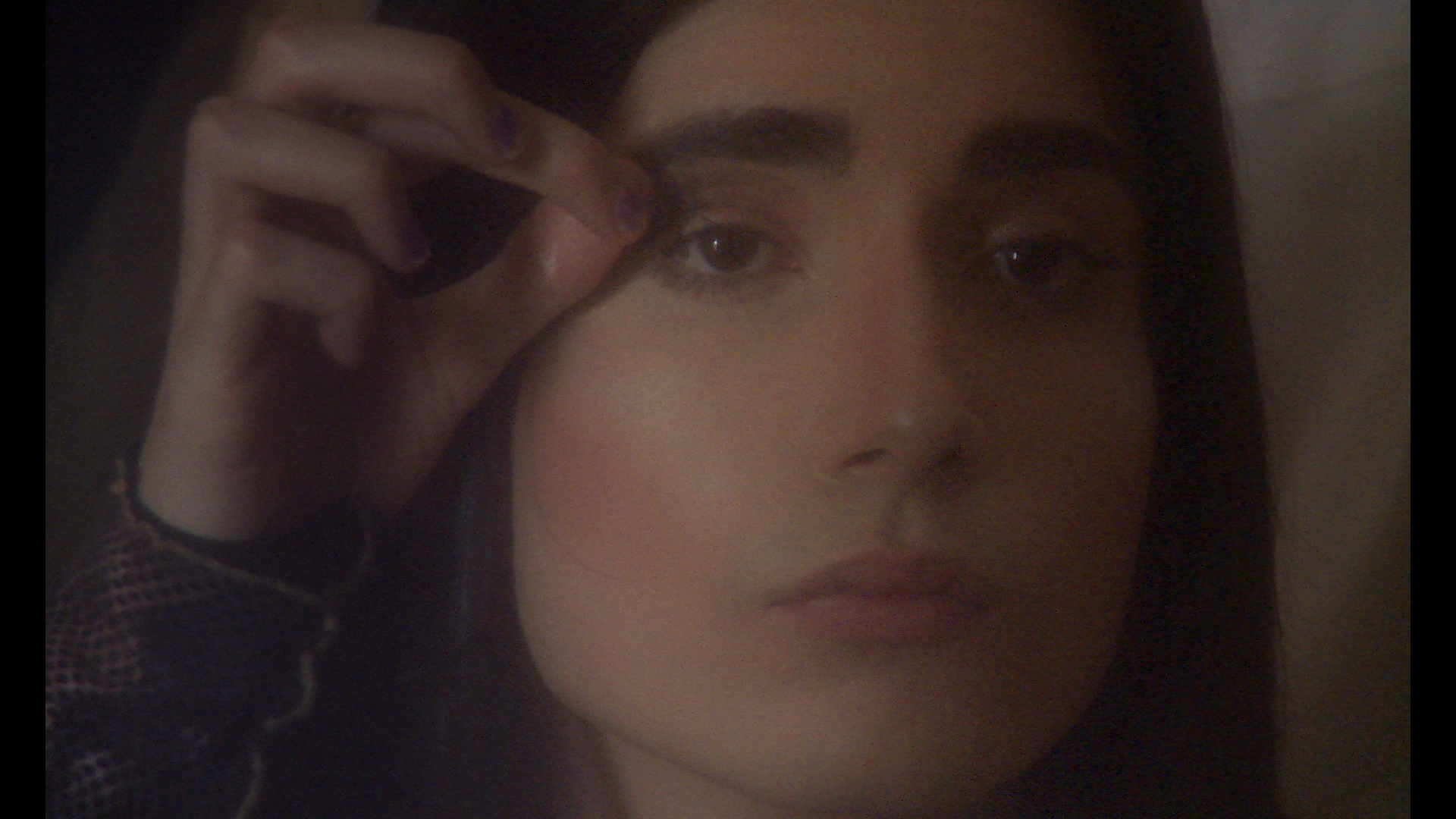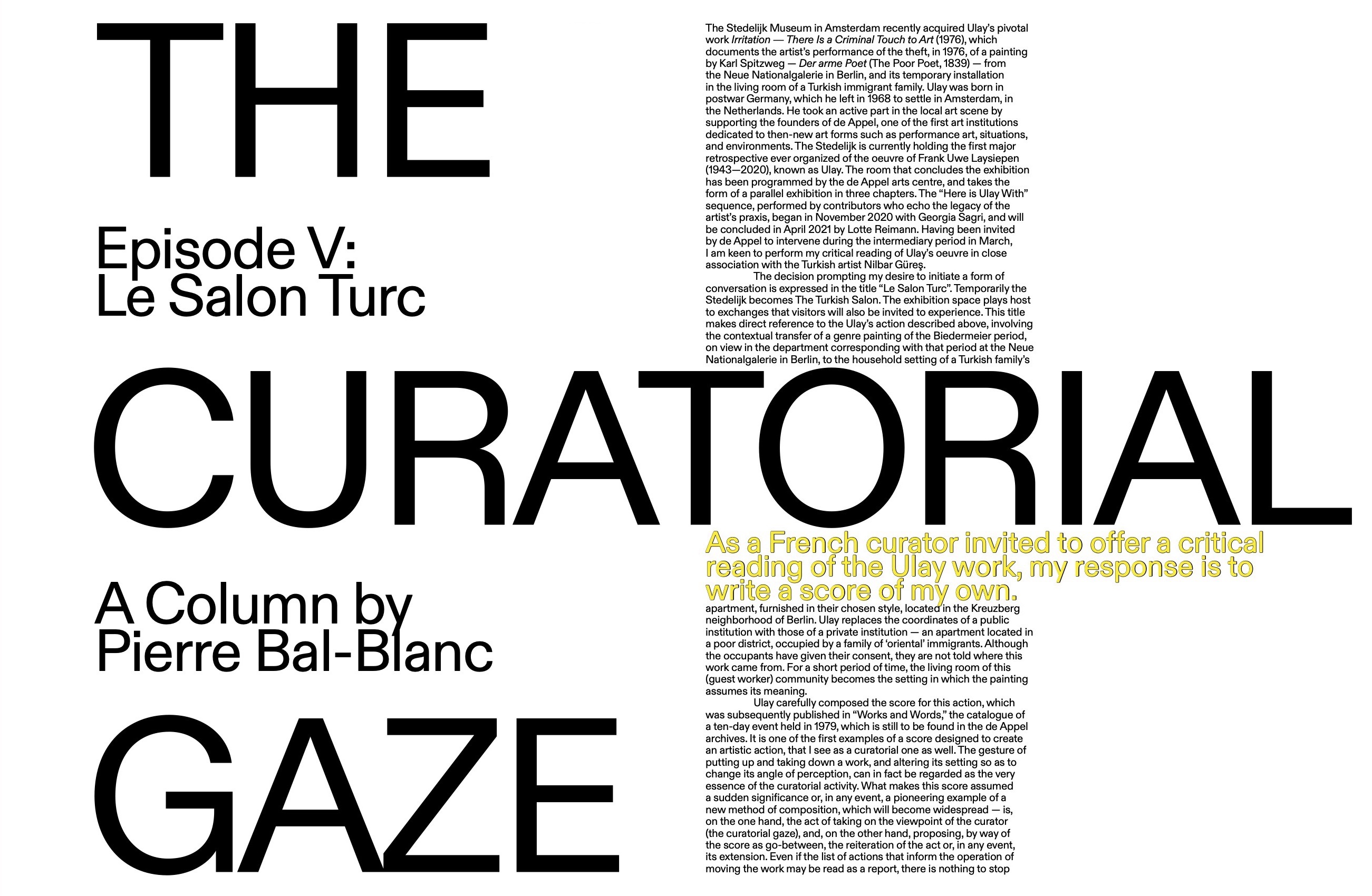When the relevance of art for the functioning of society is under scrutiny, every show that can actually open is a response. In this sense, presenting works from the Pinault Collection in relation to work from the Mudam is at least an attempt. It avoids the pitfalls of private collection exhibitions that end up involuntarily presenting a rather unflattering portrait of a vain collector’s ego, or at worst a haphazard agglomeration of big-game trophies. And focusing on one work from each collection invites viewers to study and compare, in this case two works from Portuguese Pedro Cabrita Reis and Welshman Cerith Wyn-Evans. The artists were born only two years apart, and both have enjoyed successful careers, representing their respective countries at significant exhibition venues such as the Venice Biennale.
Both artists share an interest in artificial light. At the Mudam, one piece is installed on the floor, the other hangs from the ceiling. Pedro Cabrita Reis’s installation titled À propos des lieux d’origine #1 (About Places of Origin #1, 2005) consists of a knee-high yet expansive rectangular maze. Set up on a polished limestone floor, it is a low, angular composition of rough red bricks that support bright fluorescent tubes, metal girders, and wooden boards bearing paint marks and scars of previous use. The work’s exposed power cables and connectors, rugged industrial materiality, and seemingly provisional construction provides an ostentatious contrast to the refined architecture of the museum, with its curved walls of aristocratic gray natural stone. The cheap and garishly cold fluorescent lights are evocative of a building site, suggesting melancholy, a notion of precariousness, abandon. The work’s post–arte povera theatricality resonates with a sense of self-doubt, otherwise strikingly absent in the equally playful, stylish, and all around celebratory museum architecture of star architect I. M. Pei.
If Cabrita Reis’s artistic language is one of poor materials and innuendo, Cerith Wyn Evans’s We are in Yucatan and every unpredicted thing (2012/14) is of material wealth and bravado. The museum’s circular staircase wraps itself around the artist’s spectacularly crafted glass chandelier, produced at the famous glass workshop of Galliano Ferro in Murano, from whose website you could order your own. Marveling at the artisanry from every angle, even the untrained eye can detect in its traditionally opulent formal language the traces of oriental influences, revealing the age-old historic cultural ties of Venice. What can’t be perceived, however, is why it flickers. This, we learn from an accompanying text, is not a random error caused by faulty electronics, but is sequenced by a computer, based on musical soundscapes composed by the artist himself. These are inspired by twittering birds and machine sounds, not, as in other chandelier works, quotations from philosophy or literature translated into Morse code. In all of its exuberant grandeur or camp, the chandelier itself remains fairly mute. Whether the seemingly malfunctioning chandelier succeeds in conjuring another layer of meaning is up for debate. Is the Mexican peninsula in the work’s title a successful lure, inviting viewers to speculate on the piece? Is it important what we imagine the artist’s composition to sound like?
Maybe a satisfactory answer to these questions cannot to be found. Yet now is certainly the time to ponder the relevance of these artistic statements. Does the theatricality and subversion of one, or the ironic, campy, romantic conceptualism of the other, still constitute a relevant work of art? Or does one or both reduce the museum to a hunting lodge? Maybe we need new questions.

